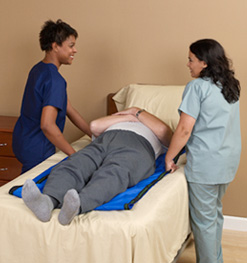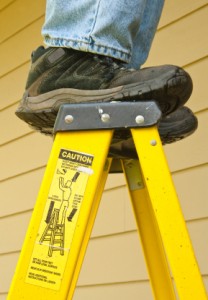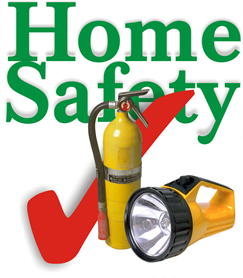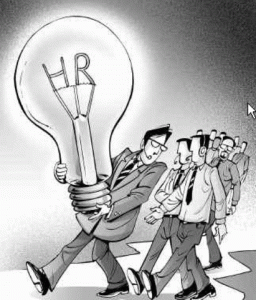 Rates of musculoskeletal injuries from overexertion in healthcare occupations are among the highest of all U.S. industries. Data from the Bureau of Labor Statistics (BLS) show that in 2011, the rate of overexertion injuries averaged across all industries was 38 per 10,000 full time workers.By comparison, the overexertion injury rate for hospital workers was twice the average (76 per 10,000), the rate for nursing home workers was over three times the average (132 per 10,000), and the rate for ambulance workers was over six times the average (238 per 10,000). The single greatest risk factor for overexertion injuries in healthcare workers is the manual lifting, moving and repositioning of patients, residents or clients, i.e., manual patient handling.
Rates of musculoskeletal injuries from overexertion in healthcare occupations are among the highest of all U.S. industries. Data from the Bureau of Labor Statistics (BLS) show that in 2011, the rate of overexertion injuries averaged across all industries was 38 per 10,000 full time workers.By comparison, the overexertion injury rate for hospital workers was twice the average (76 per 10,000), the rate for nursing home workers was over three times the average (132 per 10,000), and the rate for ambulance workers was over six times the average (238 per 10,000). The single greatest risk factor for overexertion injuries in healthcare workers is the manual lifting, moving and repositioning of patients, residents or clients, i.e., manual patient handling.
via CDC – Safe Patient Handling – NIOSH Workplace Safety and Health Topic.









